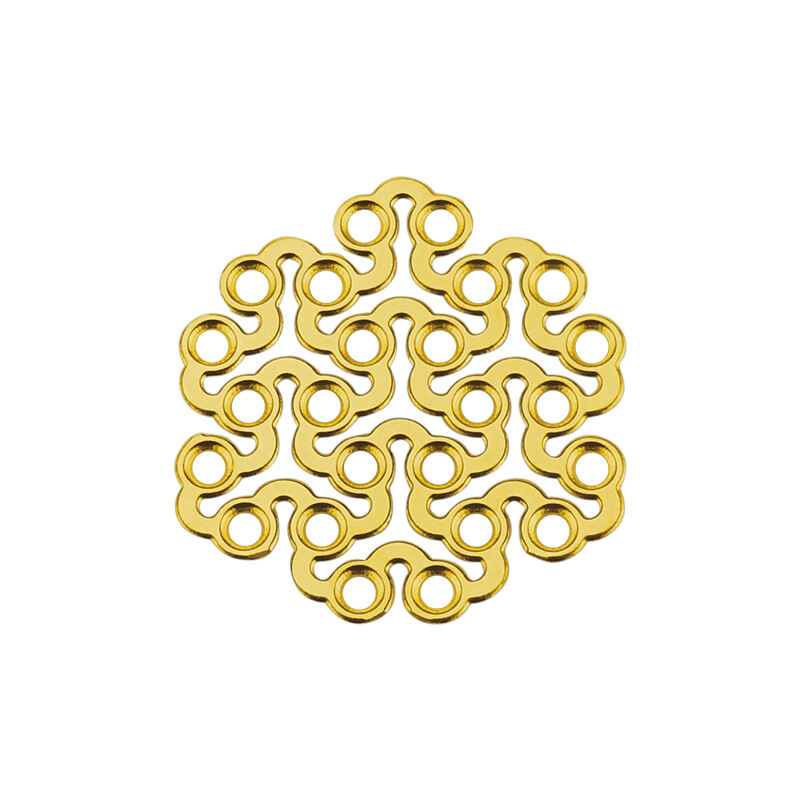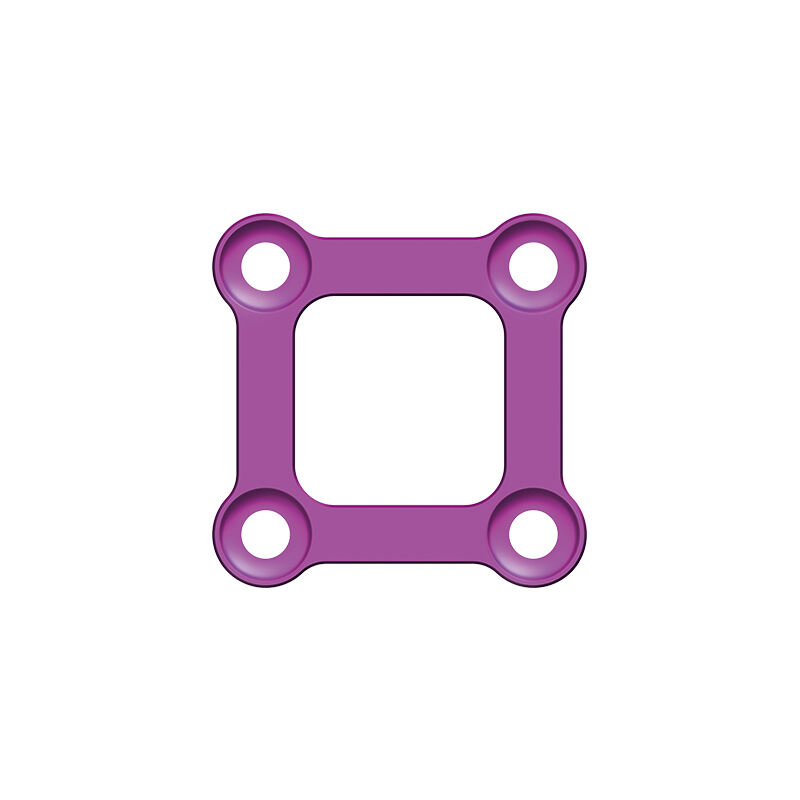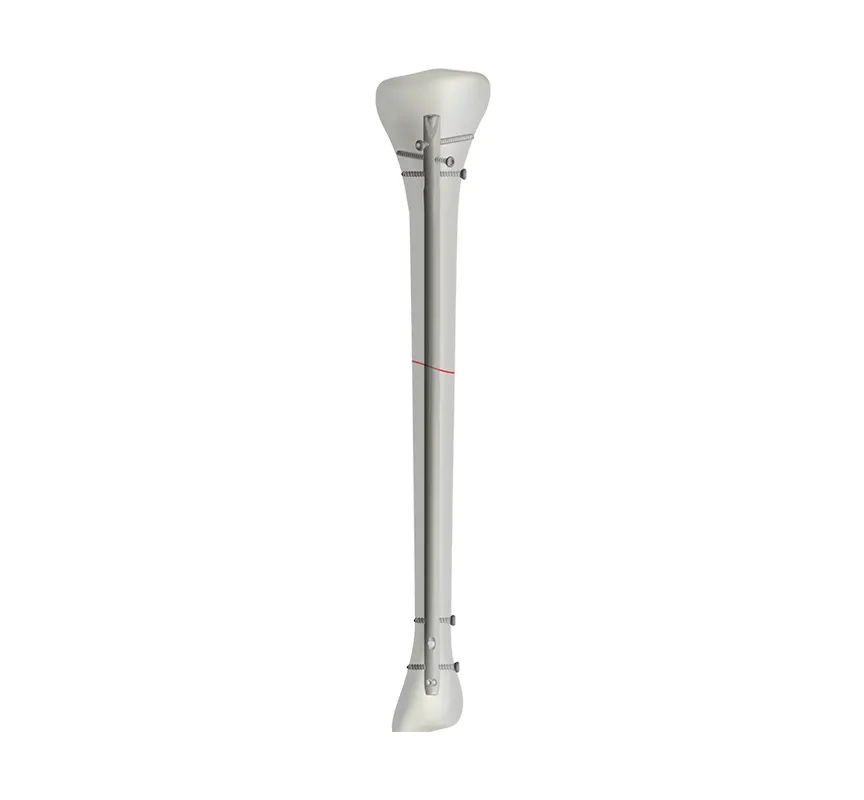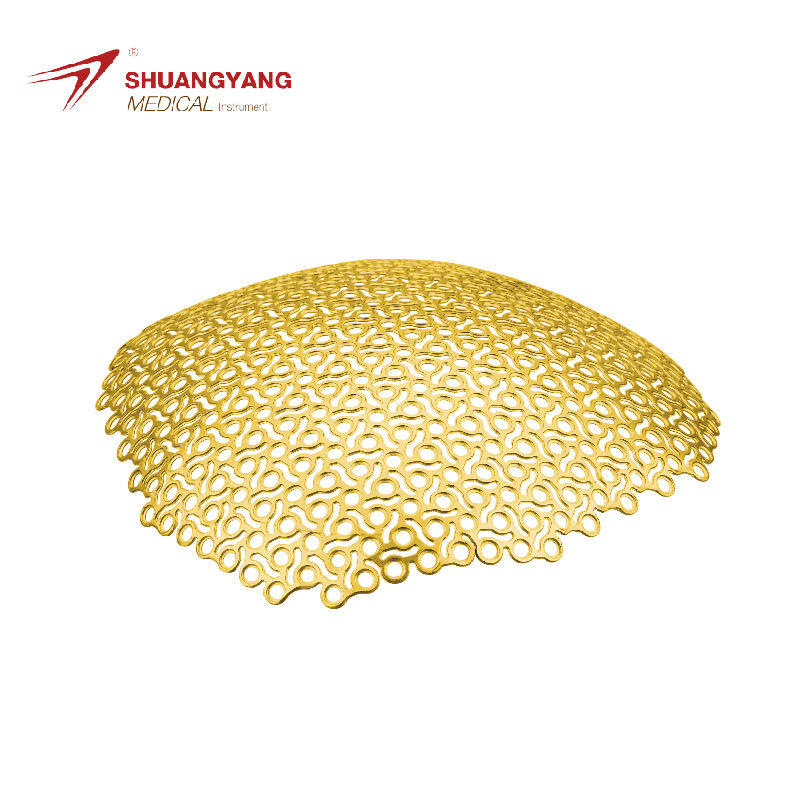proximal humeral locking plate
The detailed overview of the proximal humeral locking plate encompasses its innovative design that serves a critical role in the stabilization of proximal humerus fractures. This medical device is crafted with advanced technological features that include a low-profile design, anatomically pre-contoured plates, and angular stable locking screws, which all contribute to its main functions. The plate is engineered to closely mimic the humeral anatomy, allowing for a precise fit and minimal soft tissue disruption. Its primary applications involve the fixation of osteoporotic fractures, complex fracture patterns, and revision surgeries where conventional methods may fall short. The locking plate's design promotes biological healing and restores the integrity of the proximal humerus, thereby supporting a quicker recovery for patients.
 EN
EN
 FR
FR
 ES
ES
 AR
AR











